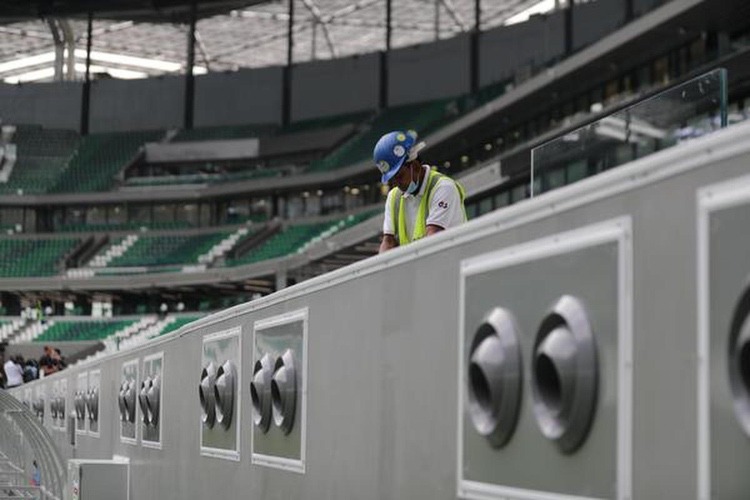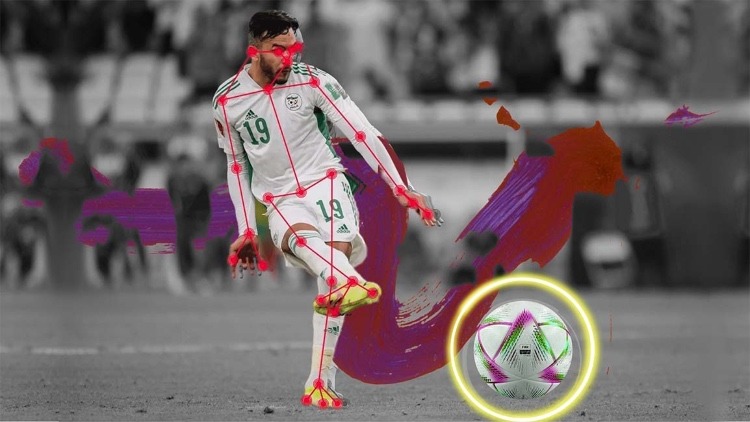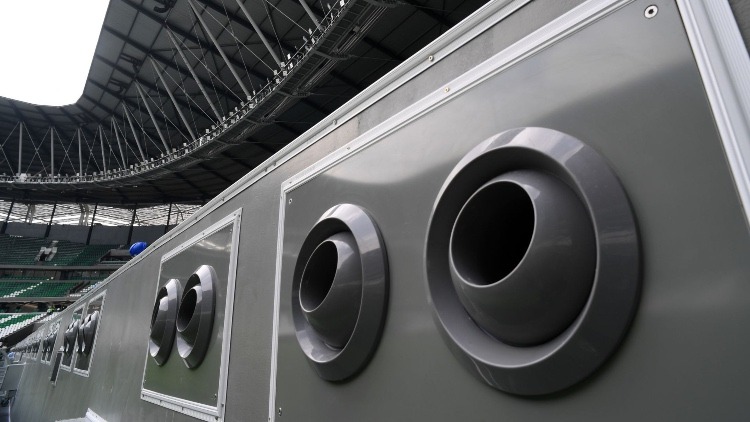As the Qatar World Cup 2022 approaches, set to run from Nov. 20 to Dec. 18, we anticipate the introduction of new technologies that will enhance decision-making and bring us closer to action. With that being said, there are several intriguing new technological innovations to watch for in this tournament, one of which is designed especially for this year’s edition because it will be held in the winter due to Qatar’s high summer temperatures.
The Semi-Automated Offside Technology
Football’s offside rule has long been one of the game’s most challenging and complicated rules, making it difficult for referees and their assistants to make the right call in crunch time. FIFA is relying on its semi-automated offside technology to address this problem. It is believed that this development is an advancement of the VAR system, which was introduced during the 2018 World Cup.
How will it function? 22 cameras will be installed on the stadium roof to track every player’s precise location on the field as part of the technology. Then, a significant portion of each player’s body will be covered to ensure that any limbs that are in an offside position may be seen. There are also sensors being fitted to the ball used. They’ll transmit data 500 times every second, to ensure that the exact position of the ball is also known and more accurate decisions can be made. All of this data is then used to create a 3D animated video that will be shown on big screens at the stadium, with decisions made off-field in less than five seconds and the referee advised on how to proceed according to FAD Magazine.
The Cooling Technology
FIFA is integrating new technology within the stadiums because this will be the first World Cup to take place during Qatar’s winter season due to the country’s intense heat. Even in Nov. and Dec, visitors may find the temperature in this region to still be too hot. For this reason, cooling technology has been incorporated into the stadium designs. One illustration of this is the Al-Bayt stadium, which was painted white to reflect the heat and consequently caused a considerable drop of five degrees Celsius on the playing surface.
Yet, this was regarded as being insufficient, so an air-conditioning system that uses solar power will be implemented as well, known as an absorption chiller. This device traps hot air in it and uses water to cool the air in the stadium.
Streaming for Online Fans
Many of the Qatar World Cup supporters will follow the action live online, thanks to the streaming options that are now available to them. With more streaming services and YouTube channels than ever before, there are different ways of watching games live. The opening game (Qatar vs. Ecuador) will be shown on the likes of Fox, Telemundo, DirectTV, and Peacock Premium. There are even more options in this World Cup edition where you can live stream the matches, enabling fans across the globe to take part in this historical event.

While people have yet not witnessed those technologies being used in matches yet. others had problems with the ones being used before. In the past, some have questioned whether or not VAR technology is destroying the game. That’s because others contend that our “human side,” which permits mistakes, makes games more entertaining to watch and even for players. It makes us all on the edge of our seats as we anticipate decisions by the ref. Others contend that when technology is incorporated into the game, the margin of error that ruins matches will be eliminated. It also relieves a lot of the mental strain that referees typically experience, giving them more time to consider the instances and make a decision.





